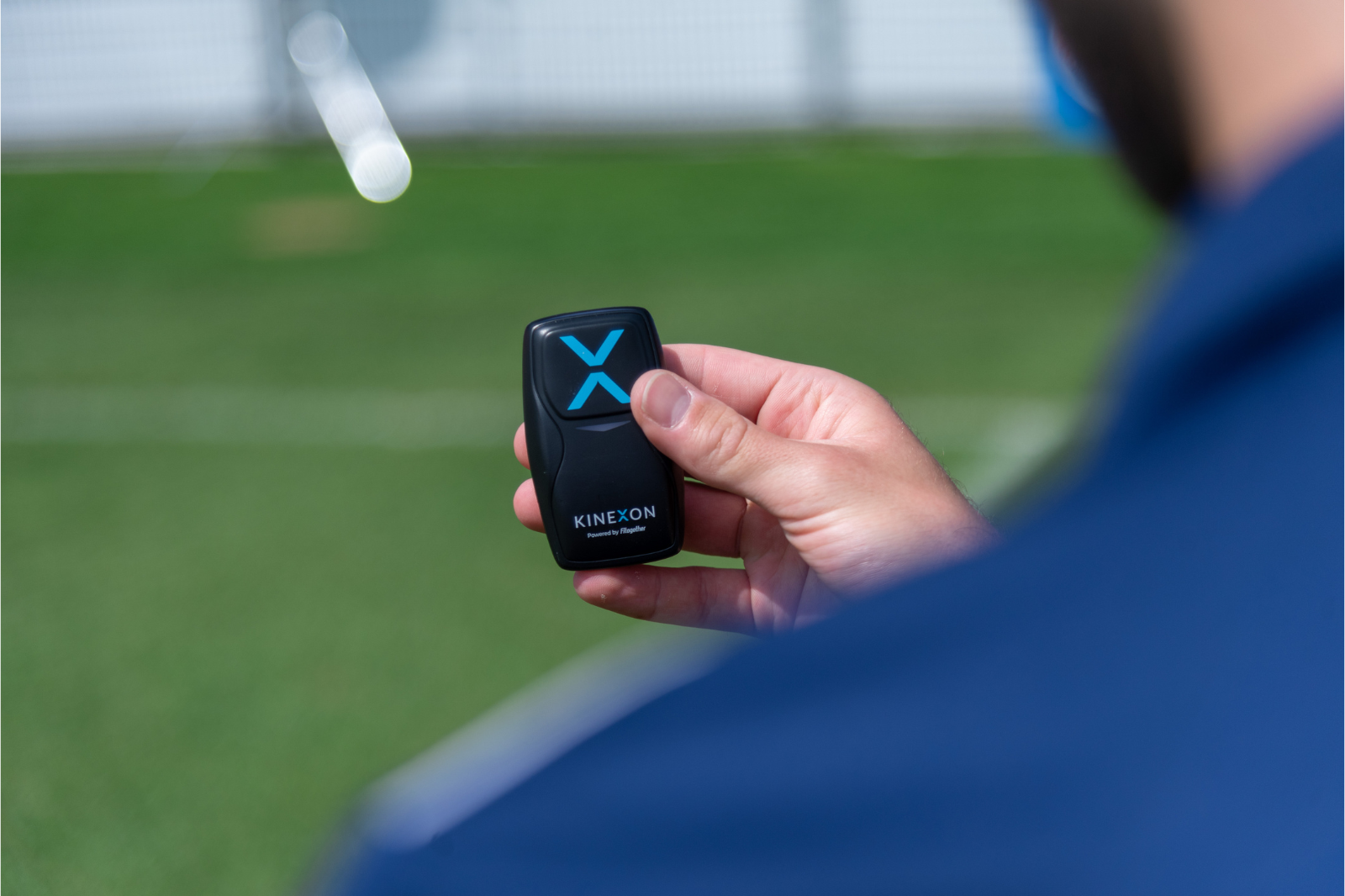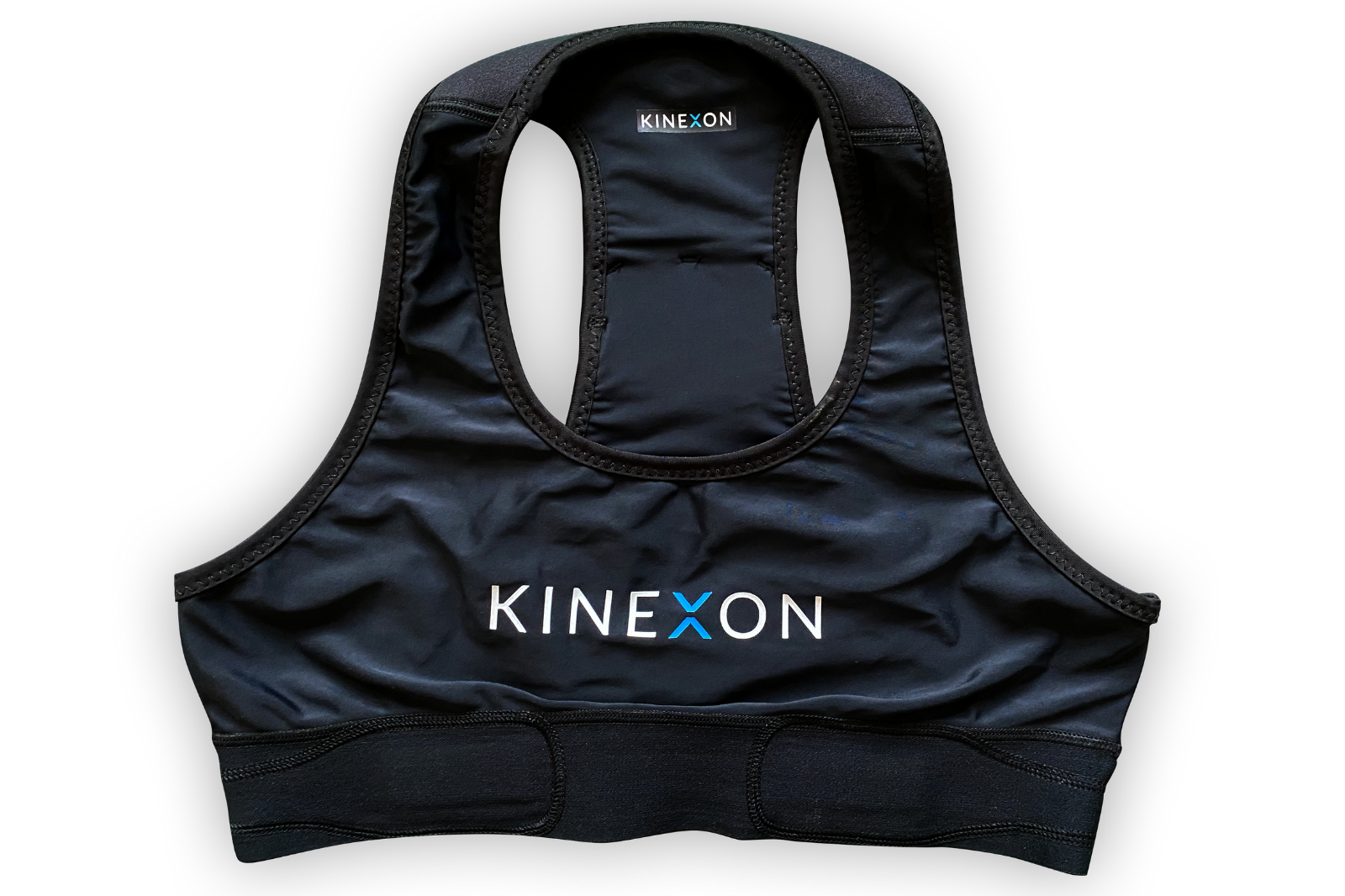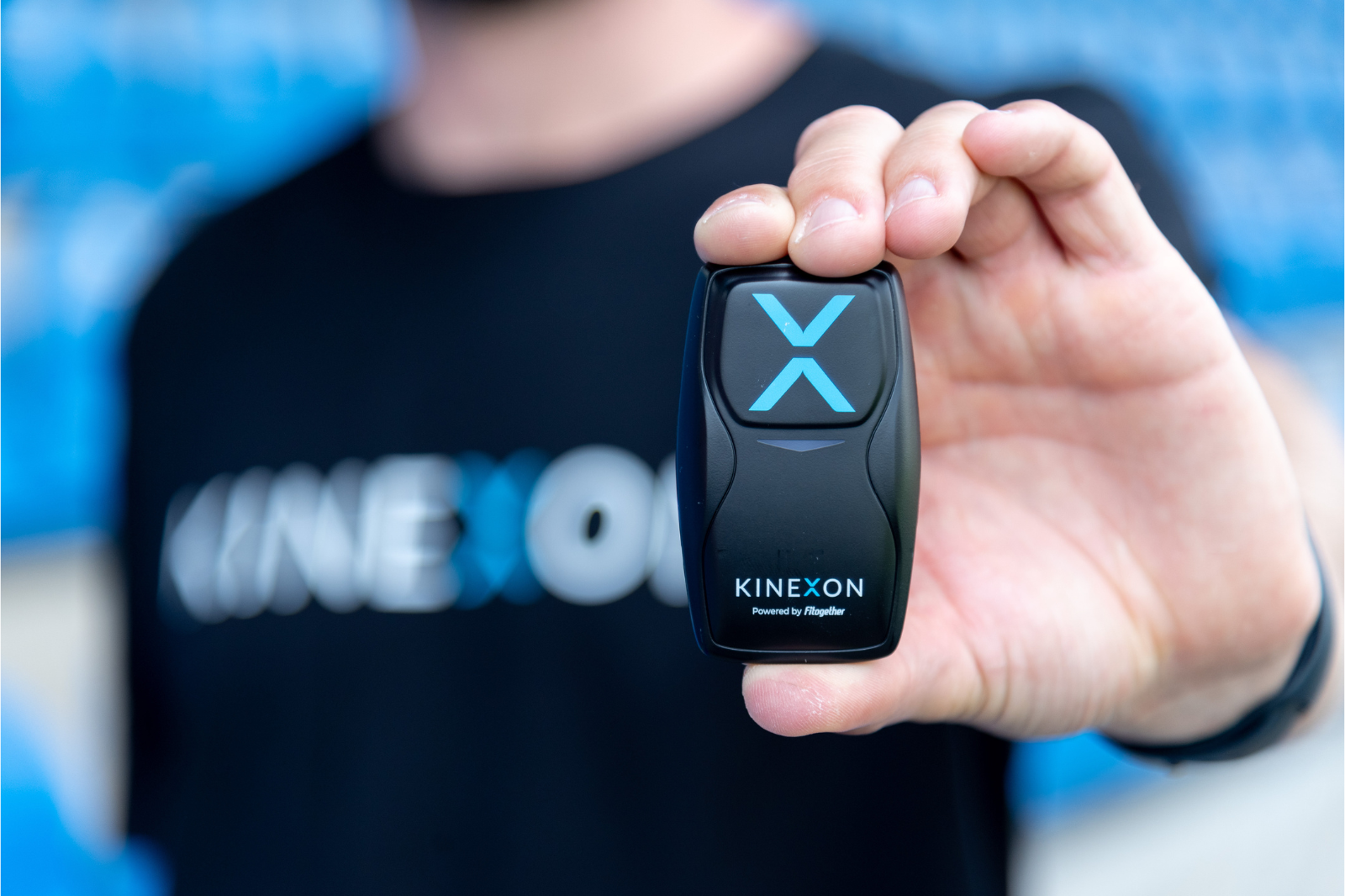
Optimizing Order Processing in Production and Intralogistics: Top 5 Benefits of Automated Order Tracking
Navigating orders successfully and accurately through complex production and intralogistics processes is no small feat. Today, more often than not, orders and materials get lost in transit, don’t get processed through all necessary steps, wait in buffer and storage areas for too long, or just don’t get to their intended workstation in time. This creates inefficiencies in areas such as assembly, quality control, and inventory management, just to name a few. And despite this being both a major efficiency as well as a productivity challenge, many manufacturers don’t have accurate data about their processes as well as their bottlenecks. This is where automated order management solutions come in
Automating order tracking benefits the entire manufacturing process, from production planning and scheduling, purchasing, inventory, to production and storage operations on the shopfloor, all the way to the finance department. Leveraging location data and Real-Time Locating Systems (RTLS) can help cut costs, eliminate delays, scrap, and rework, as well as automate and optimize manual processes
“Customers of KINEXON order tracking solutions were able to reduce delayed orders by 8%, shorten lead times by 20%, and fully eliminate manual scans throughout the order process.”
What do the TOP 5 automated order tracking benefits look like on the shopfloor?
1. Automating order bookings: Production planners can automatically check current stock and book the order, triggering any purchasing for stock materials or replenishment – all without manual scans. Automated order management solutions can also optimize inventory and supply via FIFO or other inventory management methodologies.
2. Orchestrating all moving things: Ad-hoc changes in daily production schedules add heightened complexity to intralogistics processes. Being able to orchestrate and track orders and assets in real time via technologies like Ultra-Wideband (UWB) or Bluetooth Low Energy (BLE) allows for superior flexibility to accommodate those rapid changes.
3. Monitoring and visualizing orders seamlessly: Tagging orders with position sensors and defining the corresponding process model using geofences enable complete visualization of orders along the production process in 2D and 3D maps or custom order dashboards.
4. Order control and reporting: Naturally, complex order processes with multiple manual steps are prone to errors and inefficiencies. Process mining allows for easy identification of bottlenecks and anomalies. The mined process data can inform third-party systems for even more advanced analyses beyond production logistics.
5. Managing internal claims: Non-conforming orders or process violations within the production can be discovered and managed in real time. Automated Order Management allows users to report and send custom messages to supervisors and third-party systems to address issues before they become cost-critical.
“Your advantages with automated order tracking: Better processes, better customer relationships, and better bottom lines.”
Automated order tracking allows for end-to-end visibility in one central platform that seamlessly integrates with third-party systems. This enables users to optimize efficiency, cost, and quality as well as to implement advanced documentation for full digital threads in intralogistics and production.














